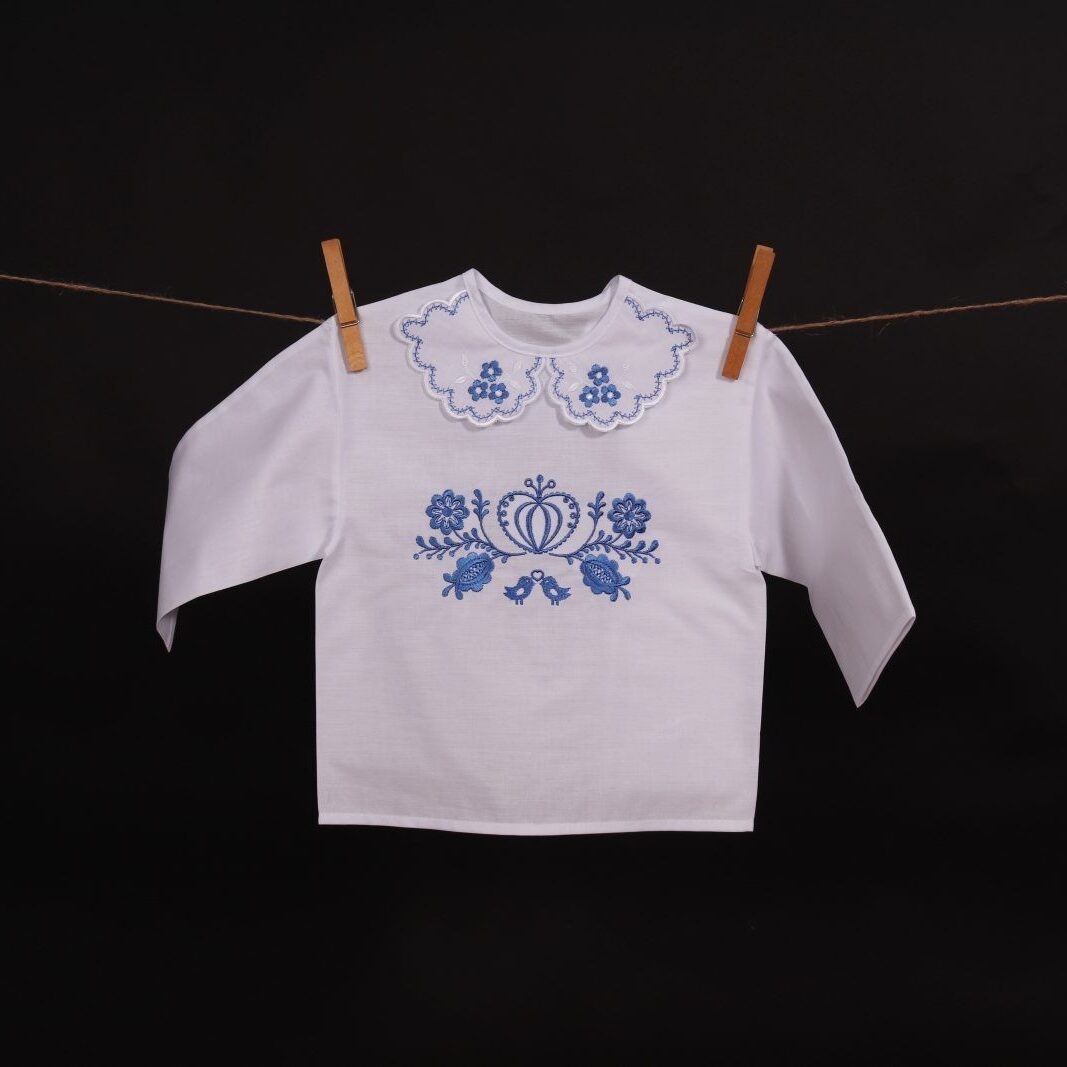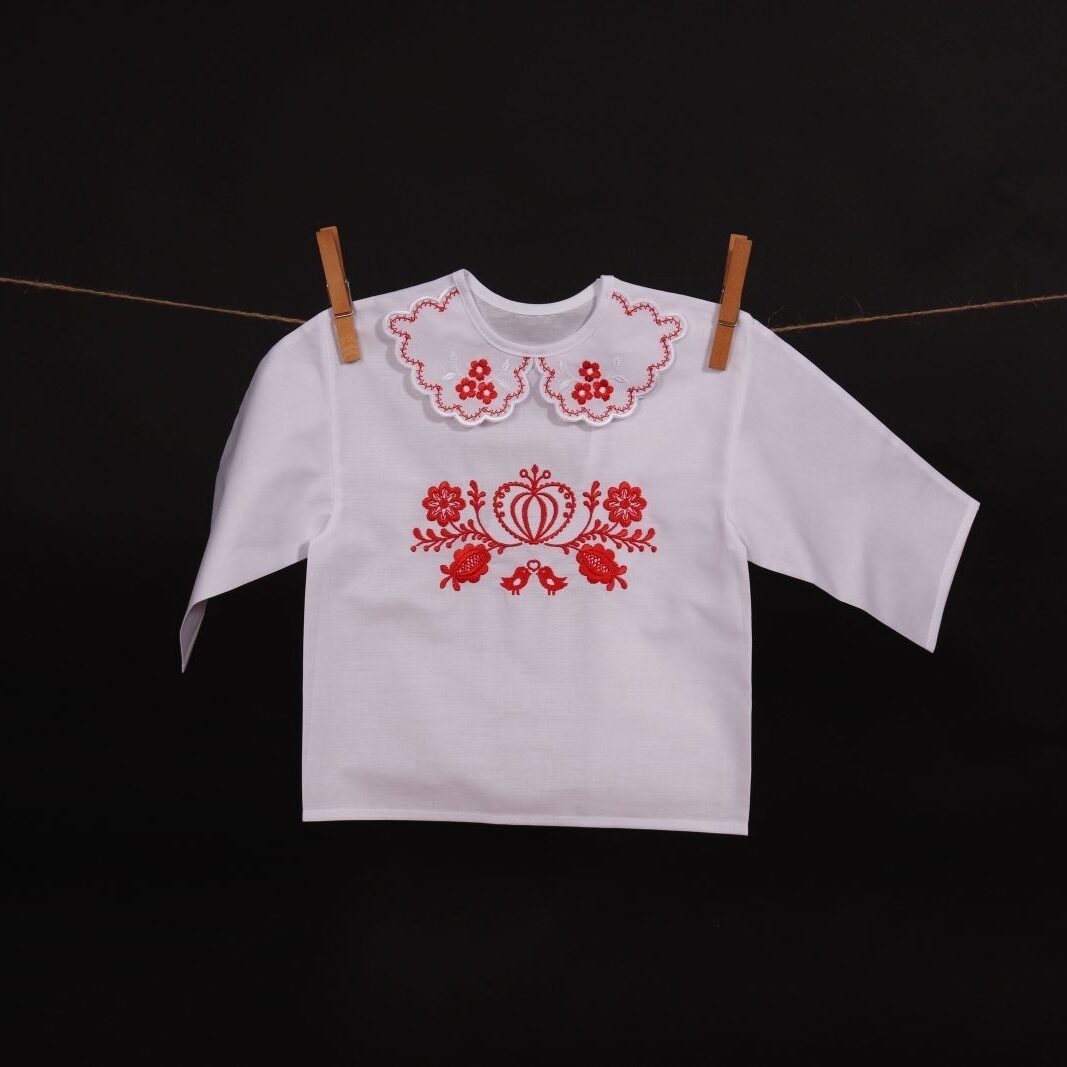The sacrament of baptism is a Christian ceremony that symbolizes acceptance into the faith and cleansing from sin. Baptism is necessary to receive other sacraments. Usually, a child is baptized in the first weeks of life.
History of baptism
The word “baptism” comes from the Greek “βάπτισμα” (baptisma), which means “immersion”. Baptism is attributed to John the Baptist, who first practiced immersion in water as a symbol of purification and conversion. In the early phase of Christianity, baptism was mainly intended for adults, but gradually children also began to be baptized.
Preparation for baptism
- Parents choose godparents and register the baptism at the parish office.
- Before baptism, they undergo baptismal catechesis, where they learn about the meaning of baptism and its course.
- Subsequently, the date of baptism is agreed with the priest.
- A thin long candle and a robe (baptism shirt) with the child’s name and date of birth and baptism will be provided.
- Documents such as the parents’ identity card and the child’s birth certificate must also be brought to the rectory.
The course of baptisms
- The priest (3x) sprinkles the child with holy water or immerses him in water.
- He officially baptizes the child in the name of the Father, the Son and the Holy Spirit.
- He then anoints the child with holy kizma (oil) as a sign of sanctification and protection.
- A white robe (baptism shirt) is attached to the baptized person, which expresses that the baptized person has put on Christ. Finally, the candle is lit, which means that Christ has enlightened the baptized person.



